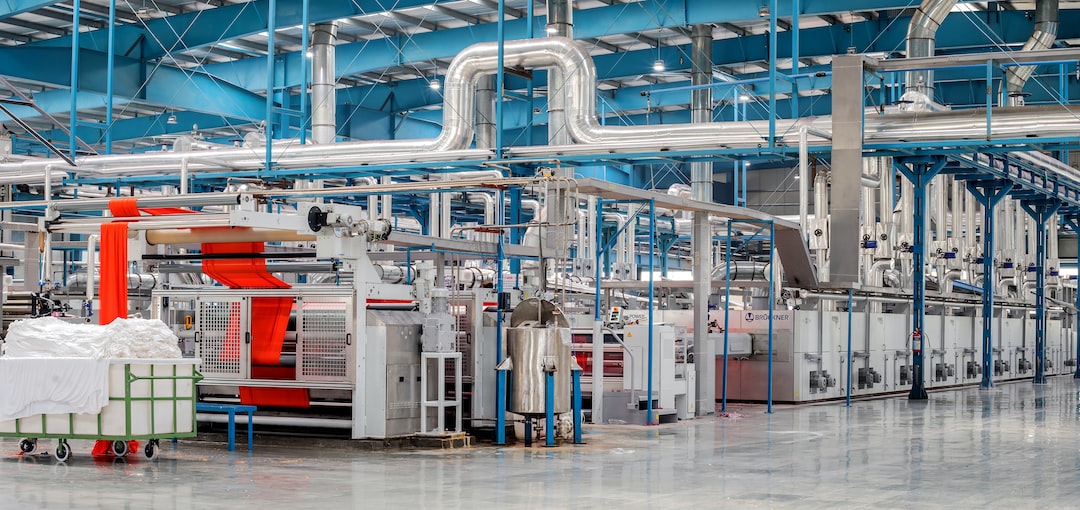Exploring the Benefits of 3D Printing in Manufacturing
In recent years, 3D printing has emerged as a groundbreaking technology with the potential to revolutionize the manufacturing industry. From creating prototypes to manufacturing final products, 3D printing offers a range of benefits that traditional manufacturing methods simply cannot match. In this blog post, we will delve into the advantages of 3D printing in manufacturing and explore how it is transforming the industry.
One of the most significant benefits of 3D printing is its ability to reduce production time. Traditional manufacturing methods often involve long lead times, as molds and tools need to be designed and manufactured before production can begin. With 3D printing, however, products can be created directly from a digital design file, eliminating the need for tooling. This allows manufacturers to rapidly produce prototypes and iterate designs at a much quicker pace. As a result, companies can bring products to market faster and respond more efficiently to customer demands.
Furthermore, 3D printing offers unprecedented design flexibility. Unlike conventional manufacturing methods, which are constrained by limitations such as mold complexity and material compatibility, 3D printing enables the production of highly intricate and customizable designs. Manufacturers can create complex geometries, internal structures, and even functional assemblies that would be impossible or cost-prohibitive to produce through traditional means. This opens up new possibilities for product innovation and allows manufacturers to optimize their designs for improved performance and functionality.
Cost reduction is another compelling advantage associated with 3D printing. While the upfront costs of 3D printers and materials may seem expensive at first, the technology can actually lead to significant long-term savings. Traditional manufacturing often incurs considerable costs for tooling, storage, and wastage. In contrast, 3D printing eliminates the need for costly molds, reduces material wastage, and allows for on-demand production, reducing inventory and storage expenses. Additionally, as 3D printing becomes more widespread, the cost of printers and materials is expected to decrease, making the technology even more cost-effective for manufacturers.
Moreover, 3D printing offers enhanced sustainability in manufacturing. Traditional production methods generate large amounts of waste material, as molds and tools need to be discarded after a certain number of uses. In contrast, 3D printing only uses the exact amount of material needed to create a product, minimizing waste. The ability to produce complex shapes and functional assemblies in a single print also reduces the need for assembly steps and additional components, further reducing waste and energy consumption throughout the manufacturing process. With sustainability becoming an increasingly important consideration for businesses and consumers alike, 3D printing provides an eco-friendly alternative.
Another remarkable aspect of 3D printing is its ability to revolutionize supply chains. With 3D printers capable of producing parts locally, manufacturers can reduce their reliance on overseas suppliers and minimize delivery times. This level of agility can be particularly beneficial during unforeseen circumstances, such as disruptions in transportation or sudden changes in demand or design requirements. By decentralizing manufacturing and bringing it closer to the point of consumption, 3D printing has the potential to reshape global supply chains, making them more resilient and adaptable.
In summary, 3D printing has brought forth groundbreaking benefits to the manufacturing industry. From reduced production time and design flexibility to cost reduction and enhanced sustainability, the technology offers a range of advantages that traditional manufacturing methods cannot match. As 3D printing continues to advance and become more accessible, manufacturers will undoubtedly explore new opportunities to leverage its potential. The future of manufacturing is here, and it is three-dimensional.


